Winter Weather Protection for Your AT
Friday, February 9, 2018
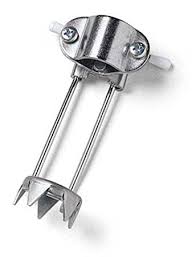
by Laura Hall, MATP Staff
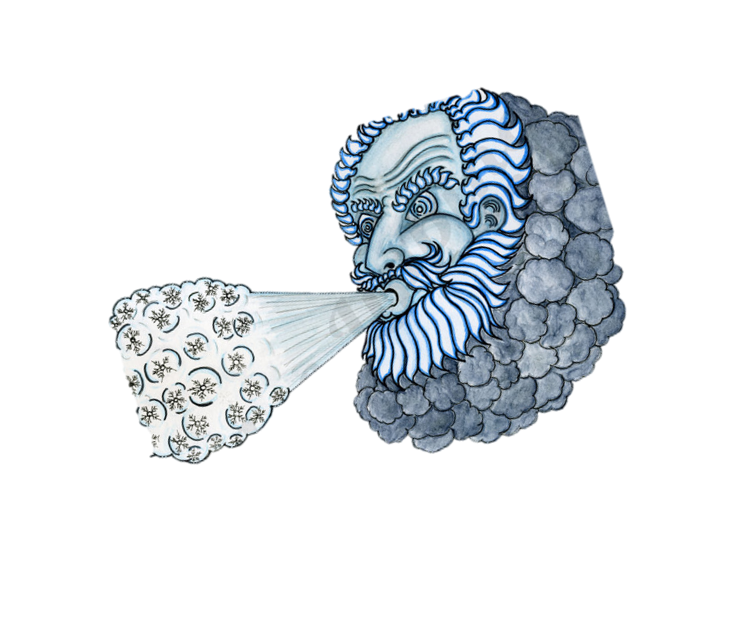
Well, the weather outside is frightful today, with the Lansing area expecting up to 10″ of snow. For users of assistive technology, winter weather is certainly not always delightful. During these months we are often more reliant on our AT, which makes it even more important that they are well maintained and protected from the elements.
As a powerchair user, winter can feel isolating because it is so hard to drive in the snow. As great as my new chair, the Flash is, it doesn’t stand a chance against the white stuff. While snow and ice will always be difficult for wheelchair users, ensuring that your chair is in the best shape possible can help. Replacing bald tires can make all the difference. In her blog “Maintaining Your AT – Wheelchair Edition” Lucia Rios gives some great tips for maintenance, like working with a bike shop to replace parts.
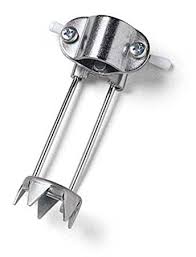
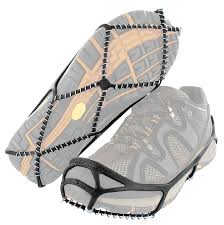
Using a walker, cane, or crutches can be especially treacherous during the winter months, and while care must always be taken to reduce falls, there are a few AT items that could make things easier. For example, a mobility light, that attaches to the tubing of a walker, crutches or a cane, can help increase visibility and awareness of obstacles. Spiked tips for walkers and crutches may also help with stability. Shoe traction cleats may also provide more grip while walking in the snow. The American Foundation for the Blind has other tips for white cane users in their article Traveling with Your Cane in Winter Weather.
 Did you know that winter weather can cause damage to hearing aids? Cold temperatures can drain batteries faster. Damage can occur when moving from the cold weather outside to the warmer temperatures inside as condensation builds up. Audiologists recommend opening the battery compartment when not in use to allow for airflow. Wearing earmuffs, a hat, or a headband (some have inserts for hand warmers) may also protect the device, and some people use a hearing aid dryer or dehumidifier.
Did you know that winter weather can cause damage to hearing aids? Cold temperatures can drain batteries faster. Damage can occur when moving from the cold weather outside to the warmer temperatures inside as condensation builds up. Audiologists recommend opening the battery compartment when not in use to allow for airflow. Wearing earmuffs, a hat, or a headband (some have inserts for hand warmers) may also protect the device, and some people use a hearing aid dryer or dehumidifier.
To discover other ways to protect you and your AT this winter, check out our webinar “Your Assistive Technology in Winter“.
As much we may complain about the winter and snow, there is no denying it’s beauty and the fun that can be had during the season. I hope these tips help you to get out and enjoy what the season holds.
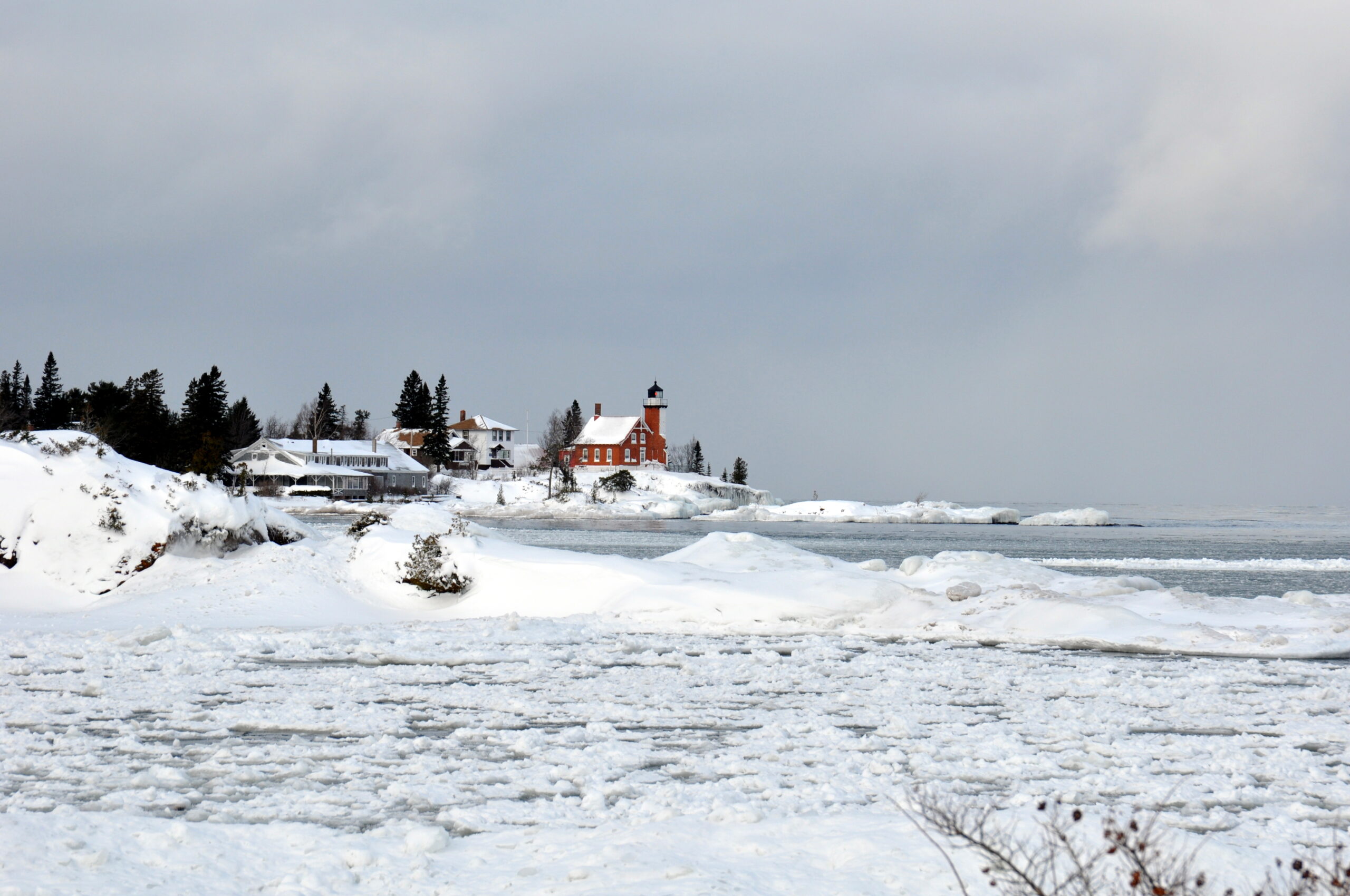
Winter in the Keewenaw. Credit: K. Wyeth

